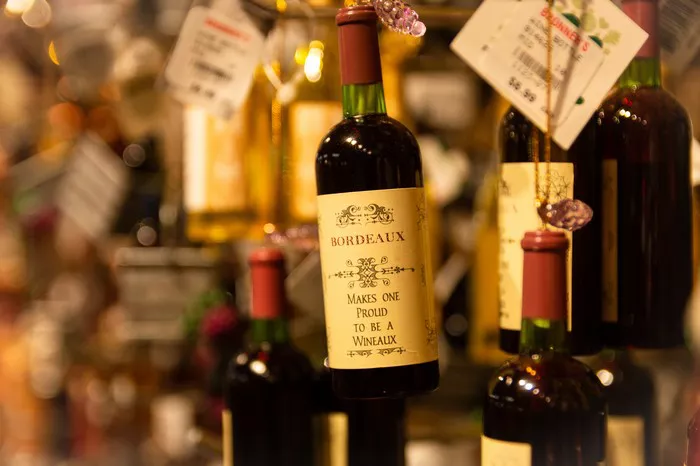California’s renowned wine industry is encountering a downturn across all segments, from premium to jug wines, with sales slowing and sluggish. Reflecting an 8.7 percent decline last year, this trend directly impacts over 400,000 California jobs still rebounding from the impacts of Covid-19.
Deepak Gulrajani, proprietor of Nicholson Ranch Winery specializing in Cabernet, Chardonnays, and Pinot Noirs for a quarter-century, observes, “This business typically cycles through periods of growth and downturns every six or seven years, and we seem to be in one of those downturns.”
Rob McMillan, Senior Vice President of Silicon Valley Bank and founder of its wine industry financing division, emphasizes the shift in consumer demand towards higher-quality wines priced at $15 and above.
The industry faces a confluence of challenges: oversaturation of wineries, vineyards, grapes, and excessive wine supply. Additionally, younger generations, particularly Gen Zers and millennials aged 21 to 43, are consuming less wine compared to older cohorts, gravitating towards alternatives like hard seltzers, ciders, canned cocktails, and other spirits.
McMillan notes, “Currently, about two-thirds of the wine industry experiences stagnant or declining sales, while a third shows modest growth.”
The industry’s rapid growth over the past three decades, fueled by baby boomers’ enthusiasm for wine, is now prompting a reevaluation of marketing strategies to engage a new audience. Gulrajani highlights the importance of digital innovation, leveraging online sales channels, enhancing wine club memberships, and elevating tasting room experiences.
However, the slow recovery of Wine Country from Covid-19 persists. Gulrajani points out that the challenge lies not only in consumers’ discretionary spending but also in their discretionary time, which they now allocate to alternative leisure activities.
In response, wineries are turning to artificial intelligence marketing tools to target eco-conscious and sustainability-minded younger consumers. Embracing user-friendly mobile apps for seamless transactions and prioritizing personalized customer experiences emerge as key strategies in navigating the evolving landscape of the wine industry.


